EVERYTHING YOU EVER WANTED TO KNOW ABOUT RETINOL
6 years ago by
If you were to approach any impossibly glowy and radiant woman and plead for the secrets to their literal skincare brilliance, you’re likely to hear a few of the same responses over and over again. Sunscreen, of course. Lots of water, leafy greens, and sleep, mais oui. And always, always retinol. The brand, percentage strength, and frequency are never the same, but retinol seems to be the secret for all of your skincare heroes.
“Retinol is hands-down my favorite ingredient for the skin,” says celebrity esthetician and founder of her eponymous skincare brand, Shani Darden. You’re likely to hear that sentiment enthusiastically mimicked in every spa, esthetician and dermatologist office, too.
Yet, even though it’s so revered, it’s still very confusing and mysterious to use properly. It’s not as simple as ordering the first option you find online and slathering it on nightly. No no, you’ve got to play the retinol-application game correctly. It’s kind of like the Goldilocks of skincare application: too little, you’ll likely notice not much of a difference at all; too much and you’re likely to end up with comically painful over-sensitized and irritated skin; you need to find the type, brand strength, and usage that’s just right.
To find that just right retinol for you, we asked six experts–from dermatologists to celebrity estheticians to self-made gurus–everything they know about retinol. From what it is, to what it does, to how to use it–consider this your introductory session to retinol. Feel free to take a seat, because class is about to begin.
Hey, what is retinol anyway?
Retinol gets all the fame and exaltation, but it’s actually just a type of retinoid, and all retinoids are derived from Vitamin A. “Retinoids is the catch-all term for creams that contain vitamin A derivatives,” says Dr. Morgan Rabach, a board-certified dermatologist and co-founder of LM Medical. Retinoids seem ingrained into our lives, but they’re a fairly recent discovery: They were first uncovered at the start of the 20th century, but it wasn’t until mid-century that it was able to be made into a product. And (shockingly) it’s not until 1984 that retinoids are made available in over-the-counter skincare products.
Aren’t there a lot of different types of retinol?
Yeah, you could say that: Retinol, retinoids, retinoic acid, Retin-A, tazarotene, tretinoin–what?! The different types of retinoids notate different strengths. There are two different retinoid camps: Prescription and everything else. Naturally, the “prescription formulations are all stronger than the over-the-counter varieties,” says Dr. Rabach. (Although we’ll discover below that stronger isn’t necessarily better.)
For the drugstore molecules, the weakest version is retinyl palmitate, then retinol is a bit stronger, then retinaldehyde, and adapalene is the strongest of the drugstore option. When it comes to the prescription strength options, adapalene is the weakest (but stronger than the over-the-counter adapalene), then tretinoin, and tazarotene is the strongest, says Dr. Rabach. Where does the famed Retin-A fit in here? It’s just a name brand of tretinoin, and it also comes in different strengths, she says.
How does retinol even work?
No matter which version of retinoids you select, it all works the same way–the stronger versions will just achieve results much quicker (with much more potential side effects). Retinoids are so beloved because they work, and the reason retinoids work so darn well is science. “It works because our skin is literally designed to work with retinol,” says famed natural skincare pioneer Marie Veronique. “Our body is biologically set up to take the messages and information that retinoic acid gives to the cells,” says Veronique. “And as long as it’s got all the necessary elements there to do what it directs, it will do it.”
What retinoids accomplish on the cellular level is pretty extraordinary: An increase and speed up of cell turnover in the skin, so healthy new skin is pushed to the surface faster. “It puts your cells on a treadmill increasing cell turnover (something that slows down in our inevitable march towards… getting older) and increases collagen production, thickening your dermis and smoothing out fine lines and wrinkles… aka holy grail,” says Charlotte Palermino, co-founder of Nice Paper and CEO of soon-to-be-launched skincare brand Dieux (and known on Instagram for her science-based skincare advice and no-BS reviews).
More importantly, what can it do for my skin?
The better question is, ‘What can’t it do?’ “It can exfoliate, stimulate collagen production, increase skin thickness and elasticity, treat acne and breakouts, and target fine lines and wrinkles,” says New York-based medical esthetician Sofie Pavitt.
Fine lines? Acne? Dullness? There’s a specific retinoid for that. “Retinols can be applied to the skin in different ways to target different skin conditions,” says Pavitt. “For example, if you were targeting wrinkles and texture, you might have a deeper penetrating retinoid than one that was used to treat acne, which is closer to the surface of the skin.”
Whoa, and it can do all that immediately?
Oh, no, not immediately–no immediate results whatsoever. You’ll have to be in it for the long haul with retinoids. “There is no immediate gratification when using a retinol product (even the prescription form) like there is with an acid-based product,” says Renee Rouleau, Austin-based esthetician and founder of Renee Rouleau Skin Care.
It typically takes around two to three months to really see a difference with consistent retinol use, but if you use it long-term, your skin will look younger, says Rouleau. “The best results from a retinol come with long-term usage, so stick with it,” encourages Darden.
Does it have side effects?
Side effects galore–famously so! Before things get better, they might just get worse first. Side effects can include any (or all) of the following: dryness, flaking skin, redness, and acne. “Part of how it makes pores smaller is by reducing oil production from your sebum glands,” says Dr. Rabach. That reduction in oil can cause dryness. Partner that with the retinoid removing the outer layers of dead skin and you’ve got the perfect recipe for sensitivity, dryness and potential irritation.
Did you start a retinol regime to reduce acne but the Vitamin A just sprung more whiteheads? That’s, unfortunately, par for the course, too. That and excessive dryness are called ‘purging’ and it’s very common but still very much a pain in the ass. That newly accelerated skin cell turnover is to blame, as the skin is clearing blockages within the pores at a rapid pace.
Depending on the blockages, this purging could range from a blemish or two to major breakouts, and last anywhere from a few days to three months. What’s normal in the dreaded purge stage? “When you get a breakout they shouldn’t be in new places, but where you typically get breakouts and, most importantly, because your cell turnover is faster they should heal more quickly,” says Palermino. “This doesn’t mean you’ll get one breakout, you might get multiple until your skin normalizes, and this is more common the higher the percentage you go or if you use Tretinoin/Differin.” She suggests consulting your dermatologist if you purge well into month two, but notes there are cases of these reactions lasting up to three months. (Ah, the things we do for beauty.)
If the fear of the purge is the only thing stopping you from trying out a retinoid, go for a more gentle retinol versus a prescription strength then. “Retinol has a much milder effect on the skin, so adverse reactions are rare,” says Veronique. “You achieve the same results with both, but retinol takes a bit longer.”
Yes–you read that correctly–shockingly, studies have shown that over-the-counter retinoids can give you the same impressive results of a prescription, it, as Veronique expressed, will just take longer to achieve those desired effects.
Wow, okay, that’s a lot of side effects. At what age should I start this retinoid regime?
The experts asked all seem to agree with the response of “30s.” Pavitt reminds us that our collagen levels are starting to decrease, as is our skin cell turnover–a perfect time to start adopting a retinol into the regime.
But, if you’re currently in your teens or 20s and acne is an issue, Dr. Rabach suggests an adapalene specifically. “I like adapalene because it is an over-the-counter retinol that used to be prescription, so it has been held to the same standard, efficacy wise, as a prescription medication,” she says. “It’s a great mild introduction to retinol and contains the active ingredients in a standardized and predictable way, unlike most of the other over-the-counter varieties where you do not know how much active product they contain.”
How do I properly use this so-called ‘holy grail’ retinoid?
Slow and steady wins the race for smooth, glowing skin. Only apply a pea-sized amount in the areas you’d like to target. “Any retinol that you start, whether prescription or over-the-counter, should be started slowly,” says Darden. Start with one night a week and then if you have no adverse reactions, gradually build up the applications, adding just one additional night each week, she says. “Build up to as often as your skin can tolerate.” If you experience dryness or flaking, Pavitt suggests decreasing the number of applications and mixing the retinol in with your moisturizer to “buffer it a little too.”
If you’re having mild dryness, Rouleau suggests using the one-two punch of a gentle, exfoliating acid serum to (very gently) slough off dry cells and a hydrating serum (like hyaluronic acid) to deliver high-performance ingredients to repair the skin.
Hi, I’m a retinol beginner. Where should I start?
Hey, congrats on starting your retinoid journey.
“I’m a firm believer that everybody can use retinol–and that everybody should–but your job is to find the retinol that works for you,” says Veronique. “For some people, that’s retinoic acid or Retin-A or whatever–if your skin is fine with it, that’s fantastic.”
Because you’re new to using Vitamin A, start with a well-made, non-prescription version, such as retinol, says Rouleau. The reason you might want to consider a more gentle option and building up is so you actually use it. A lot of first-timers hear of the wonders of retinol, purchase a popular option, apply it, get to the irritation or purging phase, and then immediately stop using it. Veronique says this inconsistency is the worst thing you can do. “You never get to the point where the retinoic acid is improving your skin because you can’t get past the initial facial retinization,” she says. Rouleau agrees, saying, “Most people who start with a prescription (without proper usage instruction) eventually give up because their skin becomes too dry and irritated. It’s easy to lose patience when something that’s supposed to make your skin look amazing initially makes it look worse.”
So, begin gentle and slow, gradually increasing applications as your skin can handle it, and manage expectations. “Expect to wait a little longer to see results, but you won’t have such dry and flaky skin by going slower,” says Pavitt.
If you want more specifics, Palermino has a few suggestions. Firstly, look for brands that disclose their percentage levels. She notes that .03 to 1 percent is considered active. Secondly, retinol in airless or aluminum tubes ensures that the formula remains potent and active. “Bonus points if the retinol is encapsulated and extra bonus points if they nitrogen fill (means there is zero oxygen in the package),” says Palermino. Thirdly, she strongly suggests never using a retinol in clear glass. “Clear packaging should be banned from beauty,” she says. This is due to the sun rending retinol inactive, thus a clear bottle would affect it’s formula almost immediately. “If you want a gorge bottle for your top shelf, go buy some fragrance.”
Hi, I’m a retinol novice. Am I doing it right?
Hey, congrats on continuing your retinoid journey.
For those retinol veterans, you probably know (perhaps all too well) exactly how your skin reacts to retinoids. But, “consistent, long-term use of retinol can affect the skin’s moisture barrier, so it’s really important to use products with barrier-repair ingredients (particularly a well-formulated moisturizer),” says Rouleau.
It might be a good idea to take breaks from your retinoid. “Because it thins the top layer and is resurfacing your skin, you need to let your stratum corneum chill and get some R&R,” says Palermino. “Rest days apply to all parts of your body, including your skin,” she says. Rouleau suggests using a retinol, at most, 75 percent of the nights. She uses a ‘two nights on, one night off, two nights on, one night off’ rule when it comes to her retinol. Or, you might need a bit more time off, some consistent users like to have a few weeks of downtime in between bottles–listen to your skin and see how it’s feeling.
What are the retinol best practices?
“Retinol is skincare bootcamp: when you overdo it, just like with burpees, it’s painful,” says Palermino. Listen to the instructions when it says a pea-sized amount, particularly with a powerful retinoid. “‘More is more’ only applies to carbs and hair height… not resurfacing your face,” says Palermino.
Also, be mindful of your acids, like AHAs or BHAs, when using any type of retinoid. Pavitt advises staying away from any acid treatments the same evening as your retinol. “To use so many exfoliating products at one time can cause irritation to your skin,” she says. Instead, if you have acids you like, use them on the evenings your not using a retinol. Or you might find, with time, that the retinol provides enough exfoliation on its own. Also, Palermino warns to let your skin purge or acclimate before trying acidic resurfacing treatment altogether. When in doubt, avoid harsh treatments altogether as your skin adjusts.
And you’ve heard it many, many times before…so let us say it again–sunscreen! “Sunscreen is also incredibly important when embarking on a retinol routine,” says Pavitt. “Vitamin A products make you more sun-sensitive, so make sure you’re using them in the nighttime and also that you’re protecting your skin in the daytime.”
When do I use them?
You’ll save money by not needing to massage them on in the a.m. because retinoids are inactivated by sunlight, so it’s a nighttime-only product. Dr. Rabach suggests cleansing your face, toning (only if you already do this step) and then massaging your retinoid on clean skin. Then apply your moisturizer over the retinol.
Is it right for everyone?
Pretty much, but there is one big caveat. Pregnant and nursing women can’t use Vitamin A products. And anyone that is sun-damaged or over-exfoliated should walk away for a week or two.
For Those That Are Acne-Prone
Differin Adapalene Gel 0.1 Acne Treatment, $13.99
Dr. Rabach is a fan of adapalene for acne, noting that “it has been held to the same standard, efficacy wise, as a prescription medication.” It’s also great because you know exactly the active percentage and efficacy, something hard to come by with other over-the-counter options, she says. This version used to be available only by prescription, but now it’s at Target for $13.99. Praise be!
The Not Actual Retinol Option
Ole Henriksen Glow Cycle Retin-ALT Power Serum, $58
Bakuchiol is a rising star in the retinoid world, particularly because it’s safe for pregnant and nursing women. It comes from plants and is showing promising signs in studies that it’s nearly as effective as retinol in stimulating collagen production. This lavender-tinted option not only leaves a very lit-from-within glow after application, but it’s also perfectly gentle and safe for any and all.
The Clean, But Effective Option
Marie Veronique Gentle Retinol Night Serum, $110
Skincare pioneer Marie Veronique has spent a lifetime perfecting this retinol. Beyond just the standards of clean and safe, she wanted to make a formula that just plain and simple works. Unlike almost any other clean option you’ll see on the market, this serum is stabilized and micro-encapsulated, meaning the active ingredients it has listed on the label are actually active and effective. It’s also paired with Vitamins C and E, both of which have been shown to boost collagen-building effects. All of this will allow you to apply your serum sans-irritation like Veronique does every night: “Lavishly.”
The Celebrity-Approved Option
Shani Darden Retinol Reform, $95
Darden created the now famed Retinol Reform when she couldn’t find one on the market that had the same amazing results of a prescription retinol without the harsh side effects. It’s also formulated with lactic acid to gently exfoliate, providing brightening and smoothing benefits rather immediately, in addition to the long-term cellular turnover from the retinol.
The Effective, But Not Too Harsh Option
Renee Rouleau Advanced Resurfacing Serum, $86.50
Rouleau has been shouting retinol’s praises for decades, way before it was as celebrated as it is today. She’s seen first-hand how retinol can transform (or devastate in certain cases) clients’ skin, so she created her dream retinol. This version is boosted with clinically-proven, skin-firming peptides and antioxidants.
The Strong Version
SkinCeuticals Retinol 1.0, $88
SkinCeuticals describes this as a “high-concentration pure retinol cream for experienced retinol users”–if that excites you more than it scares you, this is the retinol for you. It’s encapsulated, meaning the retinol is more stabilized and maintains the formula’s active potency.

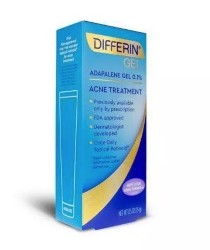

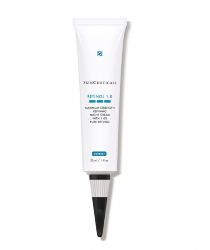
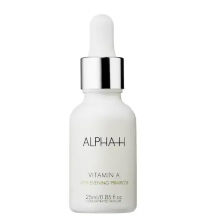
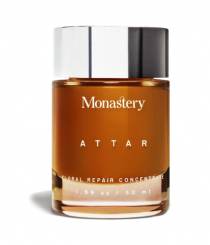
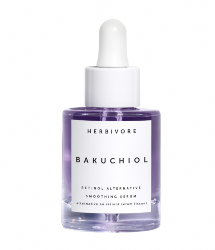
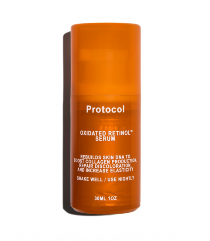
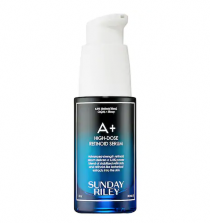
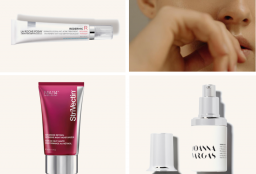
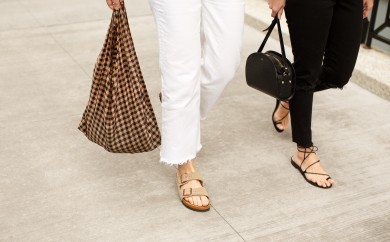
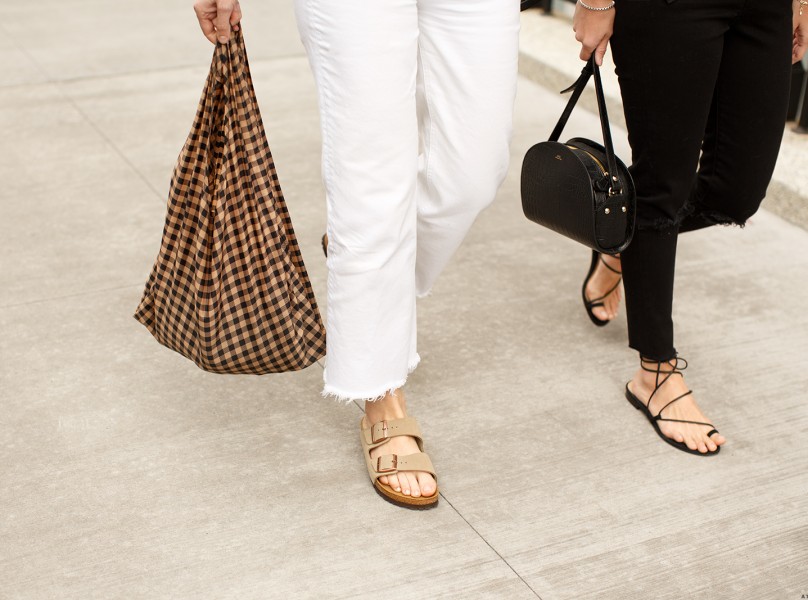
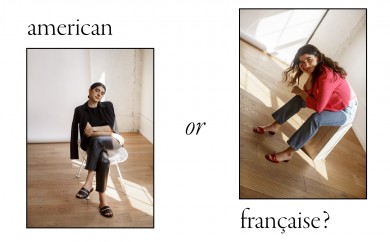
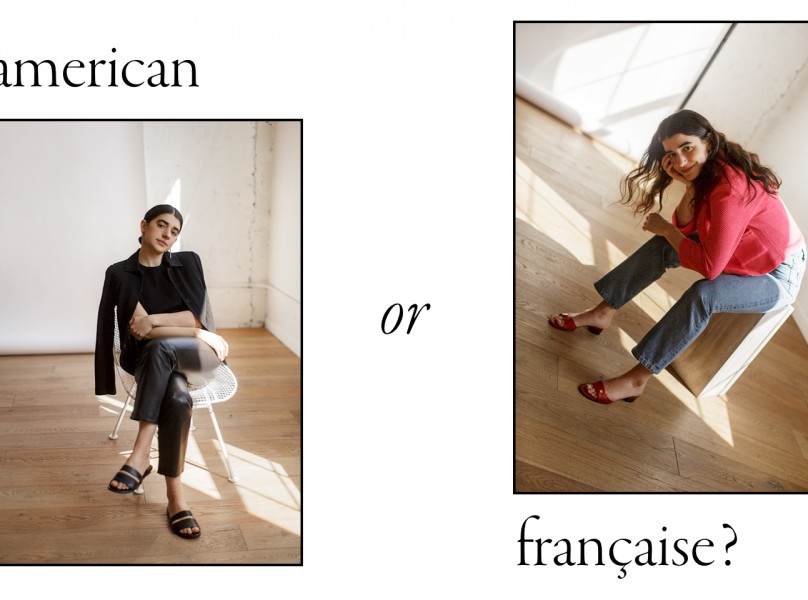
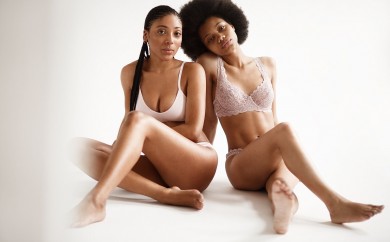
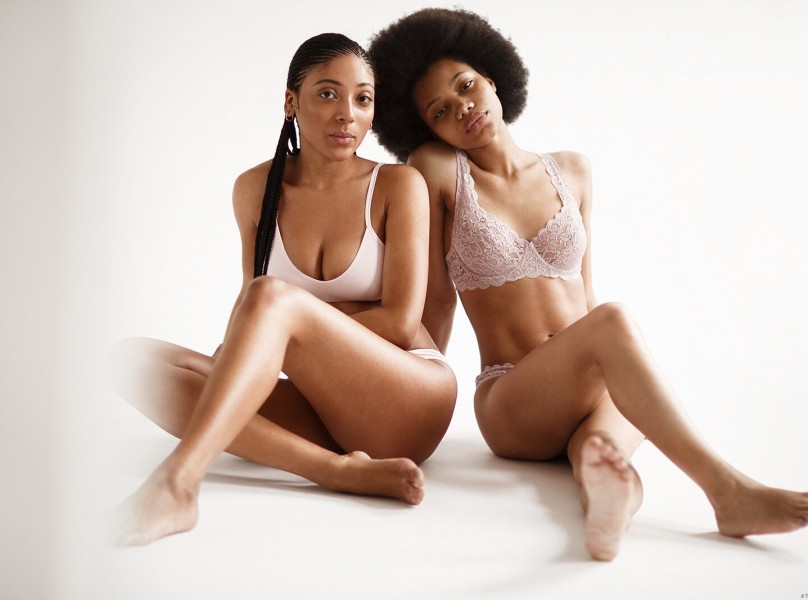

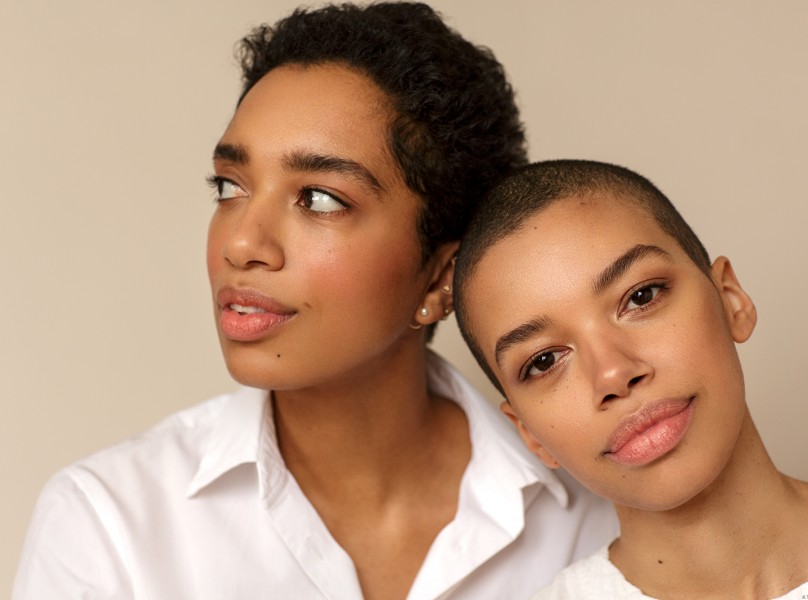
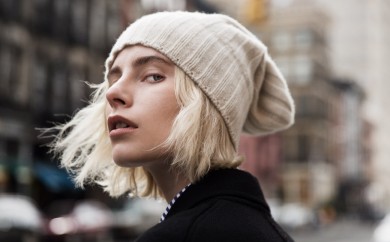
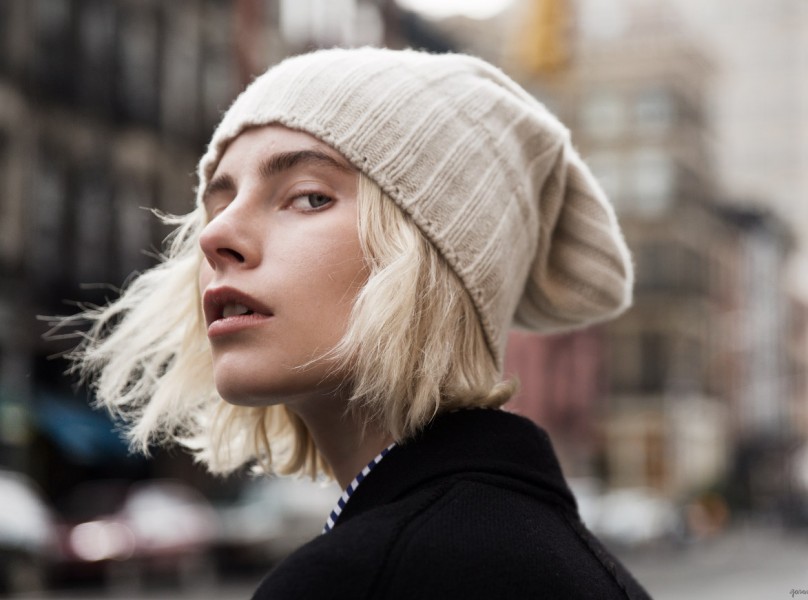
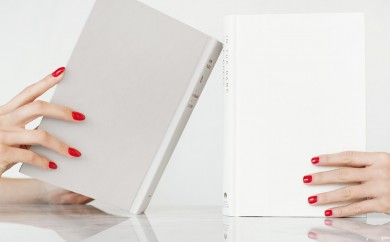
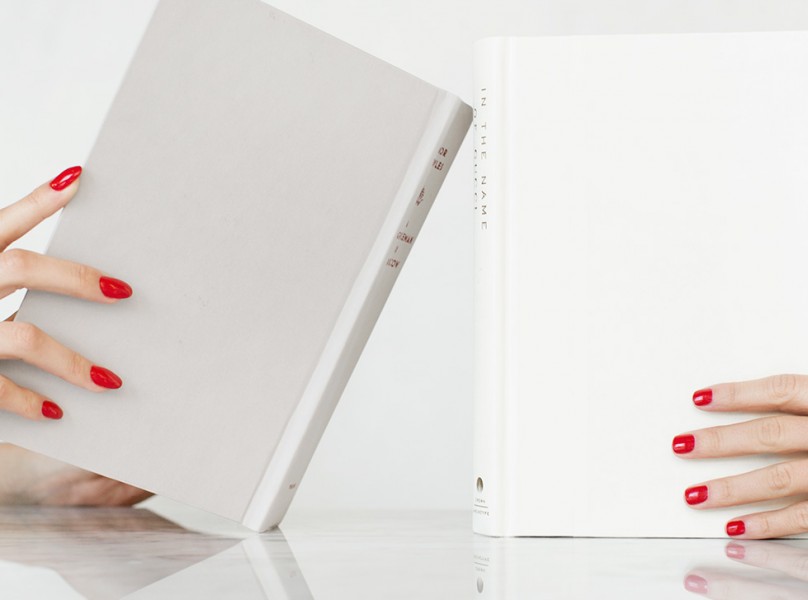
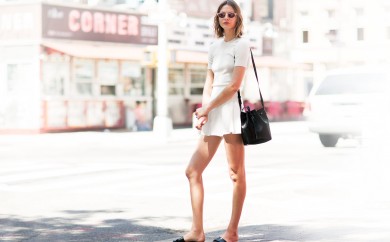
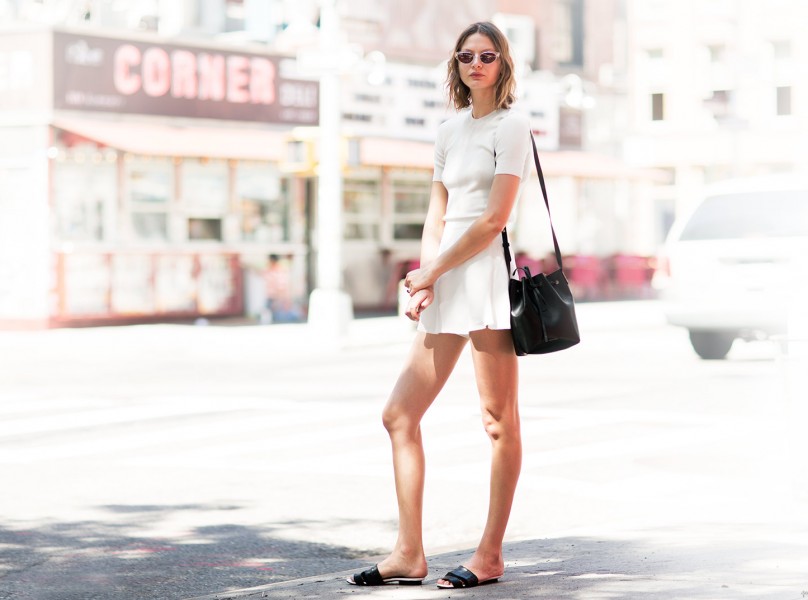
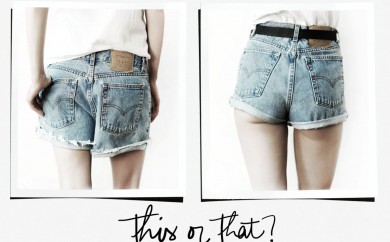
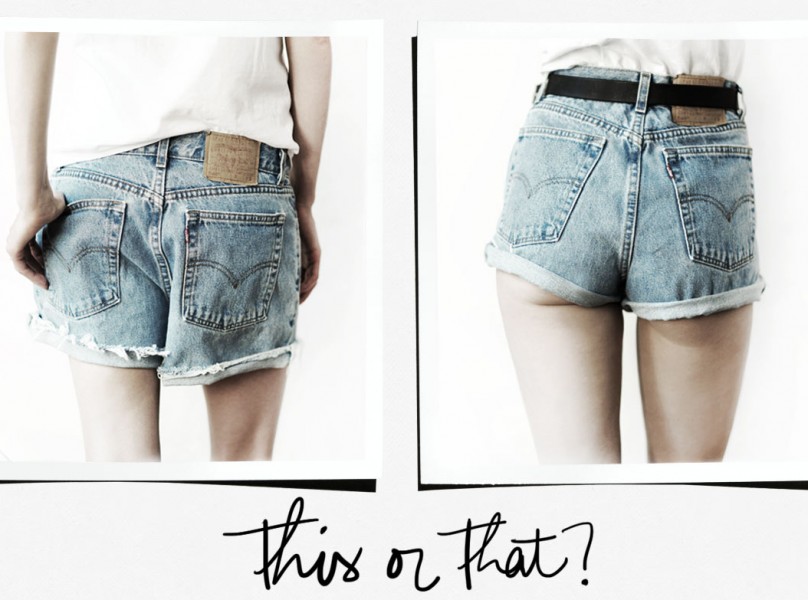








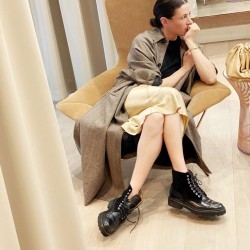

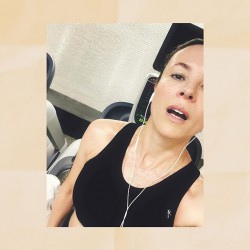

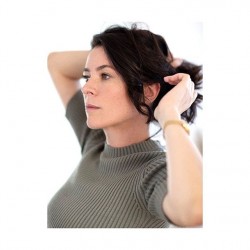
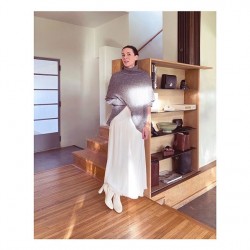


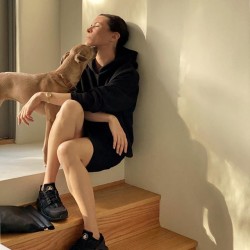

I have been using the brand The Ordinary and their retinol for some years now, very simple ingredients, very stable and much more affordable than the ones listed here. You can order it in various concentrations, even for beginners. Never any side effects and very kind to my skin, so I mention it here..
Should you use retinol cream as your moisturizer instead of a regular moristurizurer?
My moisturizer is retinol and my serum is something different.
Thank you
Thank you! This was so helpful in figuring out what to use. There are so many products out there it can be confusing.
THANK YOU
Love Paula’s Choice..Resist retinol is great.
Excellent. Ingormative
I have been inconsistently using The Ordinary Granactive Retinoid 1% and despite not being consistent, it has helped my skin a lot. I just purchased the 5% one and wondering how it will help (like, whoa, 5%!!!). I love these articles and appreciate the professional advice. Thank you, Garance!
There is no science behind bakuchiol (yet). I really wish that bloggers would stop peddling it as a safe, and effective option. Same goes for hydroxypinacolone retinoate; the only studies shared were conducted by the manufacturer of the ingredient, so we can’t take it face value. Again, I’m not saying they can’t be effective, but we just don’t have independent research yet.
In fact, we don’t have much in the way of independent research on any OTC retinol ingredient. Most of the research is on retinoic acid (prescription) and to a lesser extent a single study on retinaldehyde.
Also, make sure that whatever retinol you buy includes BHT as a preservative. So-called “clean” brands would of course avoid using BHT since it has a bad reputation. However, only BHT properly preserves retinol. No, vitamin E is not an effective retinol preservative no matter the PR team tells you from the clean brands.
I have sensitive skin and find even my 0.25% Retinol irritates my skin.Ive tried buffering it with moisturiser and using it infrequently and even that doesn’t help.Can anybody recommend another way to use it like target use only on specific areas or even something completely different like peptides etc?
I recommend you look into using retinaldehyde or Granactive retinoid instead, since they purportedly are more gentle than retinol.
Avene sells a couple of retinal products (in the “Retrinal” collection).
“The Ordinary” brand sells a few Granactive retinoids you can try out.
I don’t recommend you waste money on peptides. While there was much excitement at the beginning, the fact is that peptides are far too large to be absorbed into the skin to do the work as intended.
Truly, a definitive guide to my secret miracle product. At 59, with no wrinkles, my consistent use of Retin A has paid off.
beijinhos negro atrevido
Retinol needs to be stored properly to keep working well too! My derm told me that – also that the worst place to keep your beauty products is the bathroom because of temp changes and moisture..who knew!! She recommended that I get an insulated makeup bag or fridge. My derm personally bought the WELLinsulated beauty case, which I absolutely loved the look of..little pricey, but I guess not when I compare it to my beauty product spend! :) might be worth checking out!